Risoto de linguiça: receita fácil do Super Tosca vai salvar o seu almoço
Risoto é daqueles pratos que fazem bonito à mesa e são mais fáceis de fazer do que parecem. E a receita tem outro trunfo: permite uma infinidade de combinações de ingredientes.
No episódio de hoje de Super Tosca, nosso herói fora do padrão destaca ainda outra característica importante do risoto (especialmente em tempos bicudos de aumento de preços): o reaproveitamento de alimentos.
Para fazer o caldo que cozinha o arroz arbóreo ele utilizou legumes que estavam esquecidos na geladeira, como cenouras, tomates e cebolas. Juntou ainda as folhas do alho-poró que iriam para o lixo.
E das carnes que sobraram da grelha no domingão — e já viraram um estrogonofe de churrasco na cozinha de Super Tosca —, ele reservou as linguicinhas para incorporar à receita de hoje, junto com os talos do alho-poró.
Veja no episódio o o a o da receita e se inspire para criar seu próprio mix de sabores e ser mais um fiel escudeiro na luta contra o desperdício.
Dica extra!
Com os legumes utilizados para fazer o caldo (que foi coado para o risoto), Super Tosca preparou uma tortinha, montada com a massa de pastel que ele já ensinou no programa, queijo e um pouquinho de leite. Depois, fechada e levada ao forno.


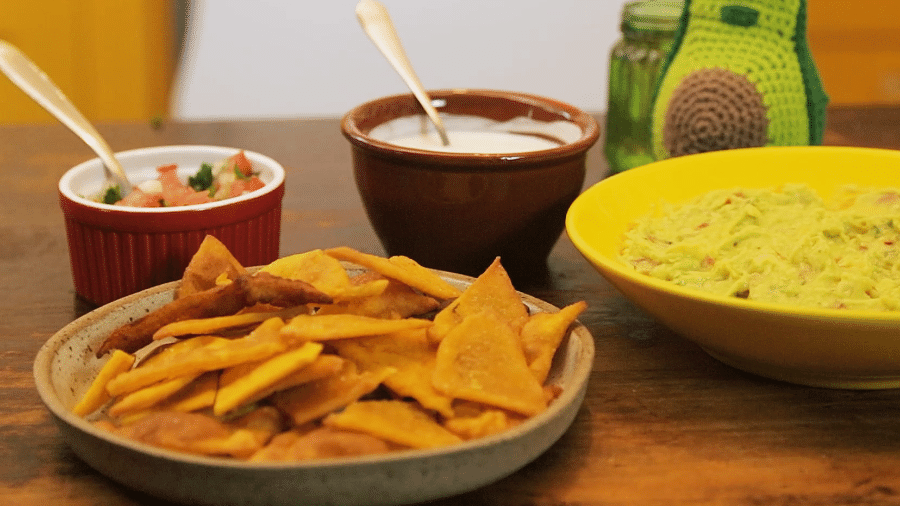

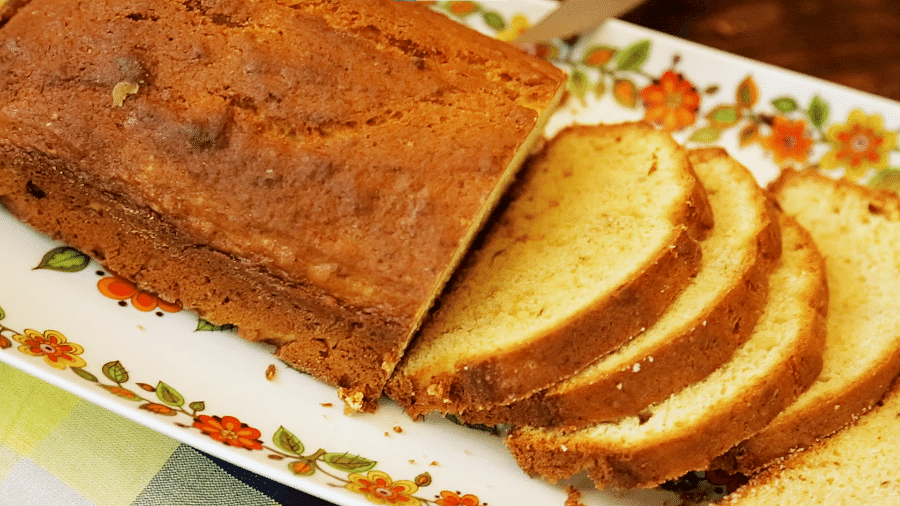
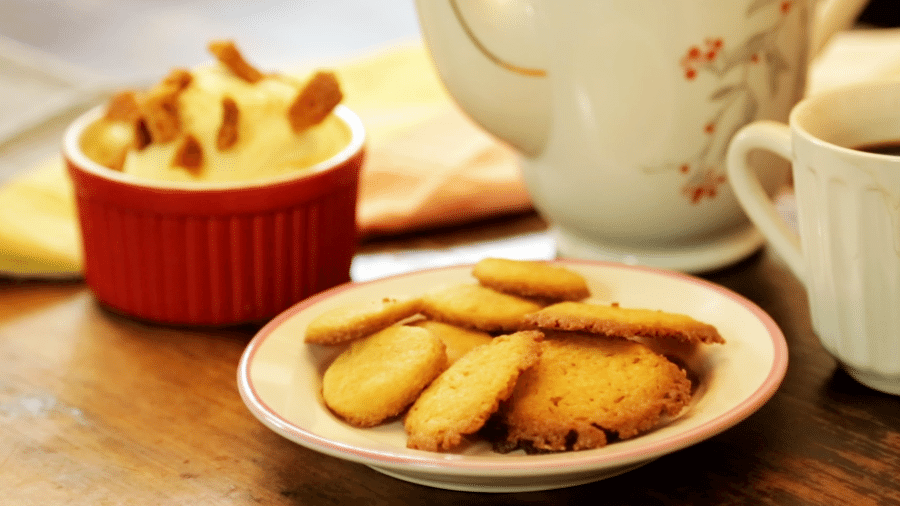

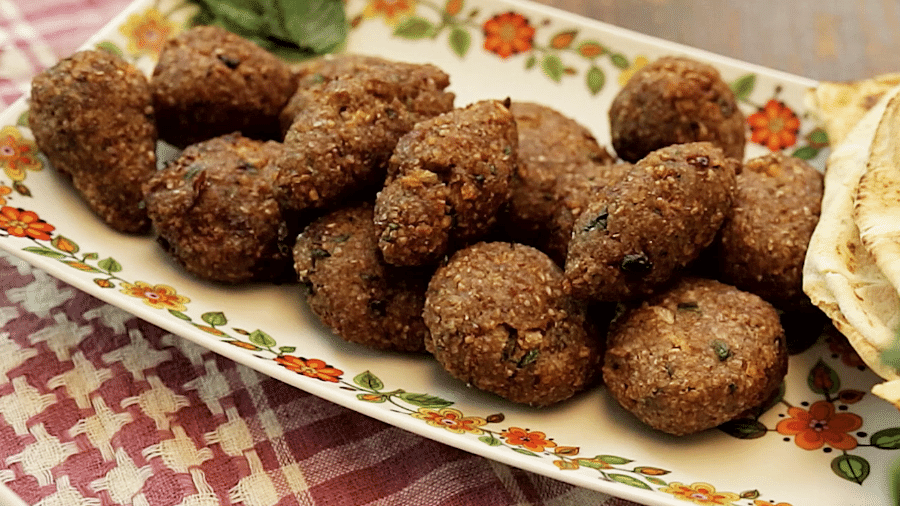
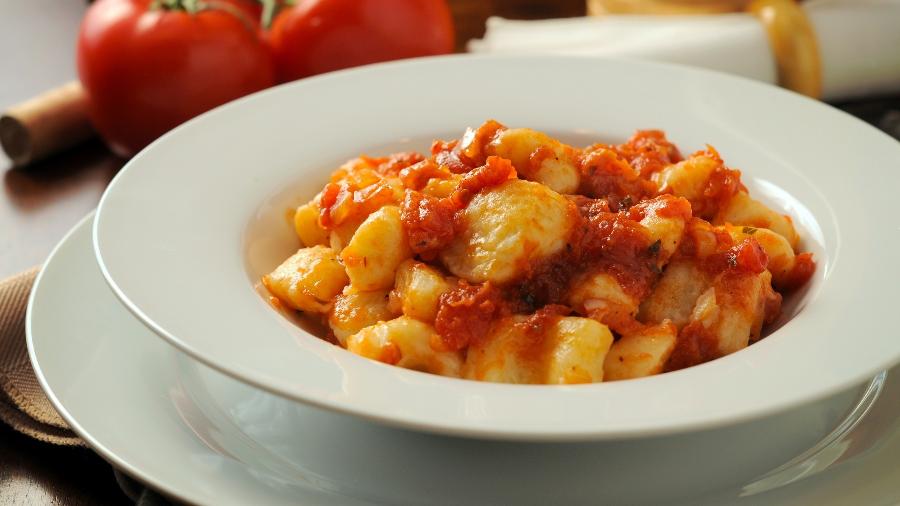





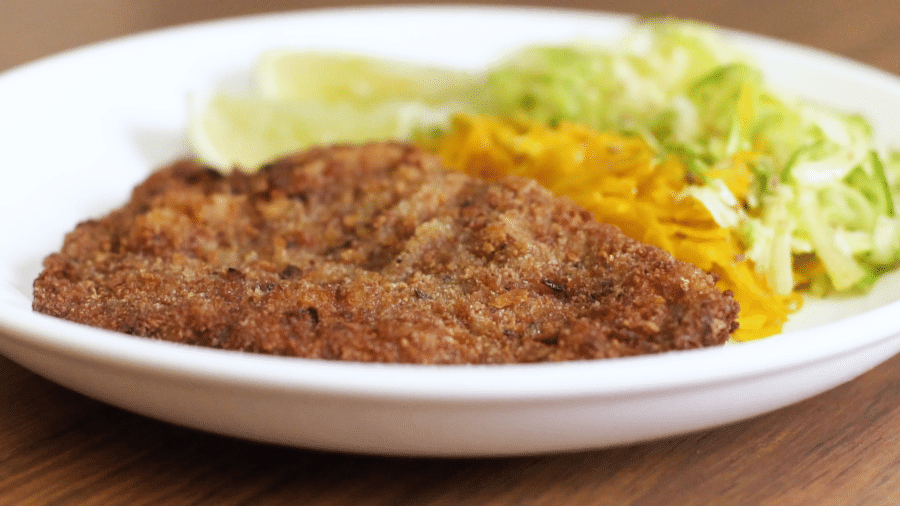
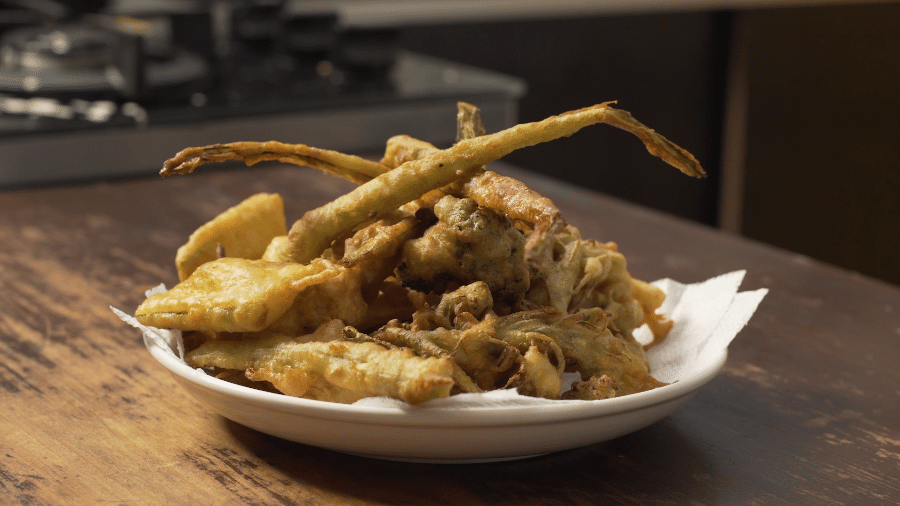



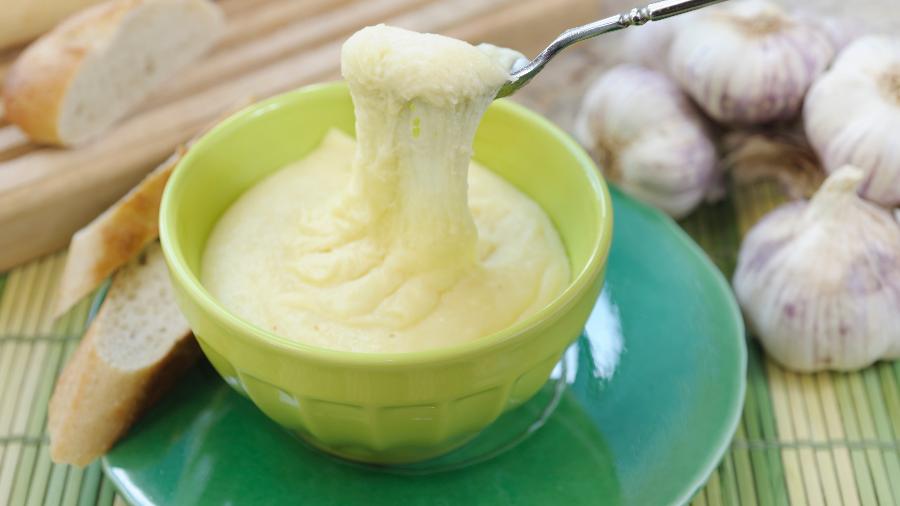

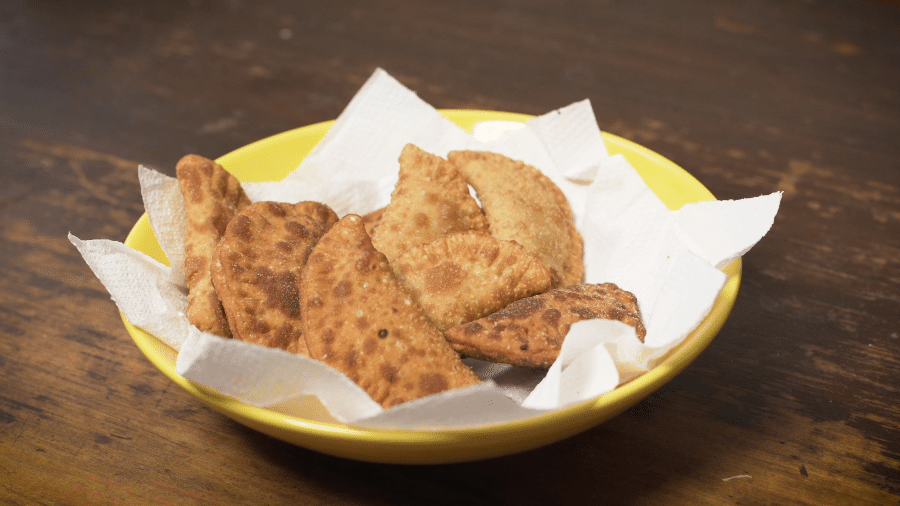

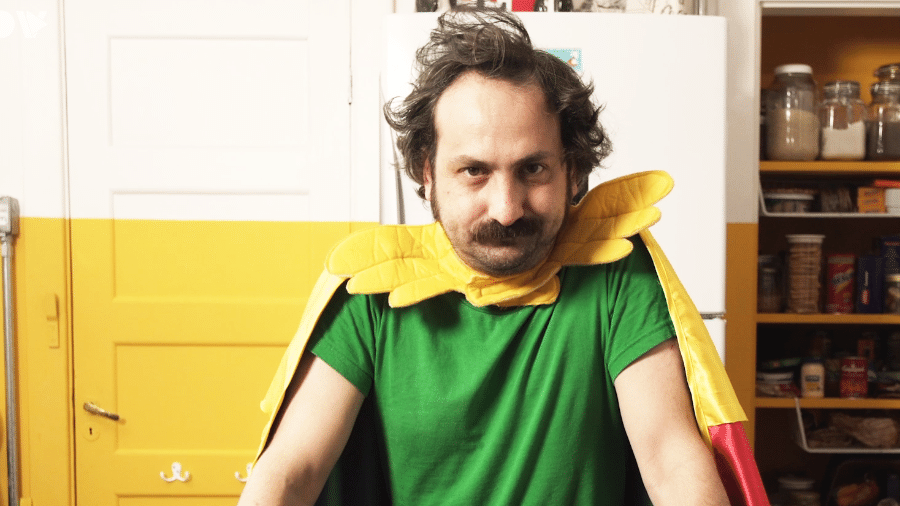



















ID: {{comments.info.id}}
URL: {{comments.info.url}}
Ocorreu um erro ao carregar os comentários.
Por favor, tente novamente mais tarde.
{{comments.total}} Comentário
{{comments.total}} Comentários
Seja o primeiro a comentar
Essa discussão está encerrada
Não é possivel enviar novos comentários.
Essa área é exclusiva para você, , ler e comentar.
Só s do UOL podem comentar
Ainda não é ? Assine já.
Se você já é do UOL, faça seu .
O autor da mensagem, e não o UOL, é o responsável pelo comentário. Reserve um tempo para ler as Regras de Uso para comentários.